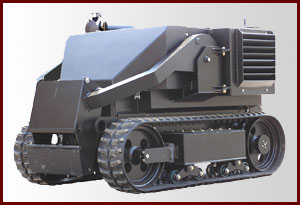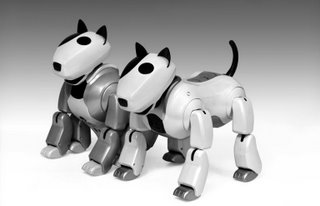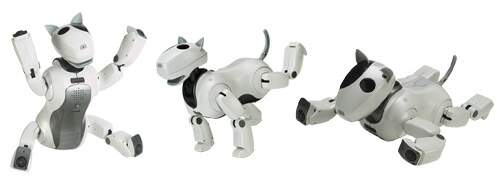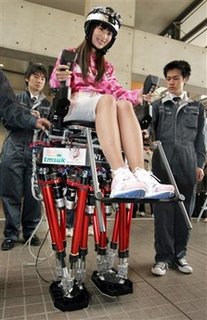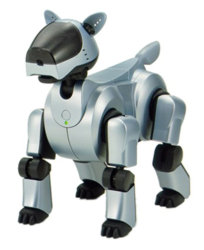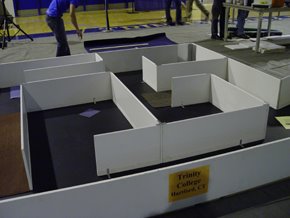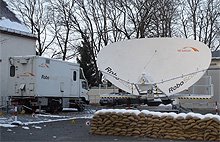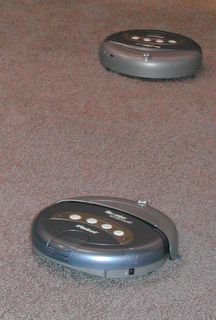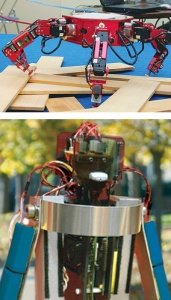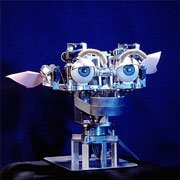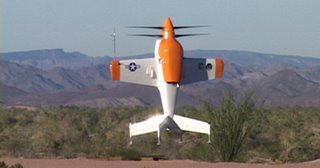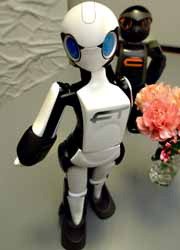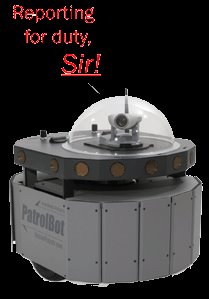Excerpts from
Chrysler gives new flexibility to its factoriesBy Neal E. Boudette, The Wall Street Journal
Chrysler rethought how it assembles cars, looking at everything from the order in which door parts are welded together to whether it's cheaper to install windshields manually or by machine. The result is a new, flexible assembly system that Chrysler is betting can transform the company's economics. Its central feature is the ability to make more than one type of vehicle at a plant.
If the new system, which entails more robots, is successful, it should enable the Chrysler unit of DaimlerChrysler to increase profits despite a relatively high-cost unionized U.S. work force. Even as unionized rivals General Motors Corp. and Ford Motor Co. gush red ink in their North American operations and prepare to buy out or lay off a total of 60,000 workers, Chrysler is profitable and has been recalling some laid-off employees.
Chrysler's move is part of a broad shift in thinking that has been rippling through the auto industry for years, but is now starting to bring big changes.
Car companies are trying to tap into buyers' appetites by offering a wider array of models -- SUVs of all sizes and levels of luxury, sporty new roadsters and so forth.
The number of models of cars and light trucks in the U.S. market rose to 286 last year from 181 in 2000.
Chrysler can use the cost edge it thus gains to be more competitive on price.
The most noticeable elements at Belvidere are hundreds of bright orange robots.
About 15 feet tall, each robot is essentially a large mechanical arm attached to a base. Each arm has a kind of hand, a grid of metal bars designed to hold the parts.
The robots can quickly exchange one of these devices, or "end effectors," for another, the way a human being would put down a wrench and pick up a hammer. By switching end effectors, the robots can produce a different car.
The robots are a third less expensive than old-style tooling. And since they aren't designed to build a single vehicle, and discarded when it's dropped, the robots can be expected to stay in use about twice as long, perhaps 10 to 12 years.
In 2003, Chrysler asked robot maker ABB Ltd., of Zurich, to set up an entire body shop for Belvidere using robots -- a total of 777.
In all, the new robotic body shop has 180 workstations, about half as many as in the old process. Mr. Faga pulled up to a workstation where a cluster of 20 robots was welding, gluing together and sealing support beams, roofs and side panels. The task used to take five workers. "Now," he said, holding up an index finger, "I've got one. At this one workstation, that's an 80 percent reduction in labor."
The robotic process has cut by about 10 percent the number of workers in the Belvidere body shop. But total employment at the plant as a whole is up because of the 1,000 workers brought on for the second shift.
Chrysler gives new flexibility to its factories


